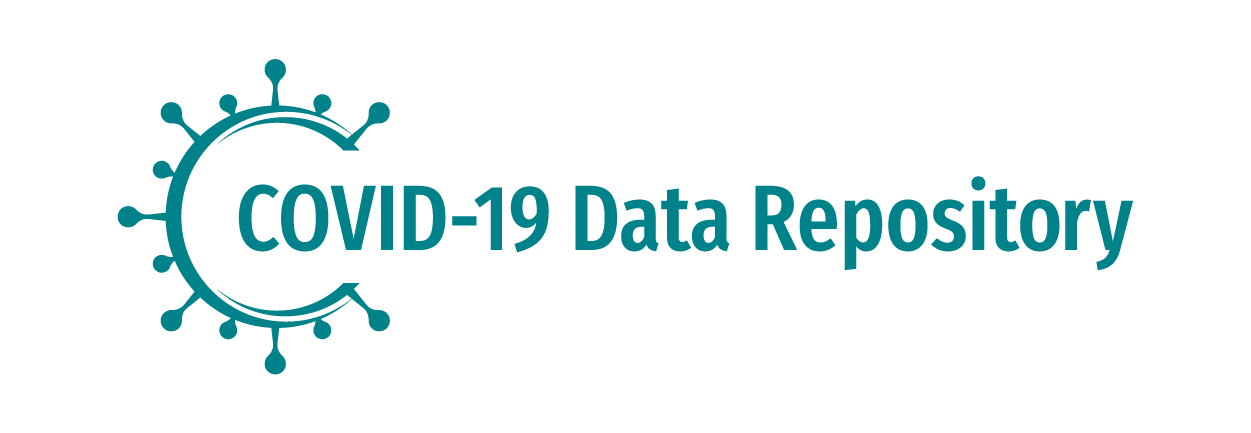Study on measurement and prediction of agricultural product supply chain resilience based on improved EW-TOPSIS and GM (1,1)-Markov models under public emergencies
Principal Investigator(s): View help for Principal Investigator(s) Hongzhi Wang, Qingdao Agricultural University ; Li Lu, Qingdao Agricultural University ; Zhaoli Liu , Qingdao Agricultural University ; Yuxuan Sun, University College of Dublin
Version: View help for Version V1
| Name | File Type | Size | Last Modified |
|---|---|---|---|
|
|
application/zip | 34.6 KB | 03/13/2025 02:56:AM |
Project Citation:
Project Description
Scope of Project
Methodology
Related Publications
Published Versions
Found a serious problem with the data, such as disclosure risk or copyrighted content? Let us know.
This material is distributed exactly as it arrived from the data depositor. ICPSR has not checked or processed this material. Users should consult the investigator(s) if further information is desired.
